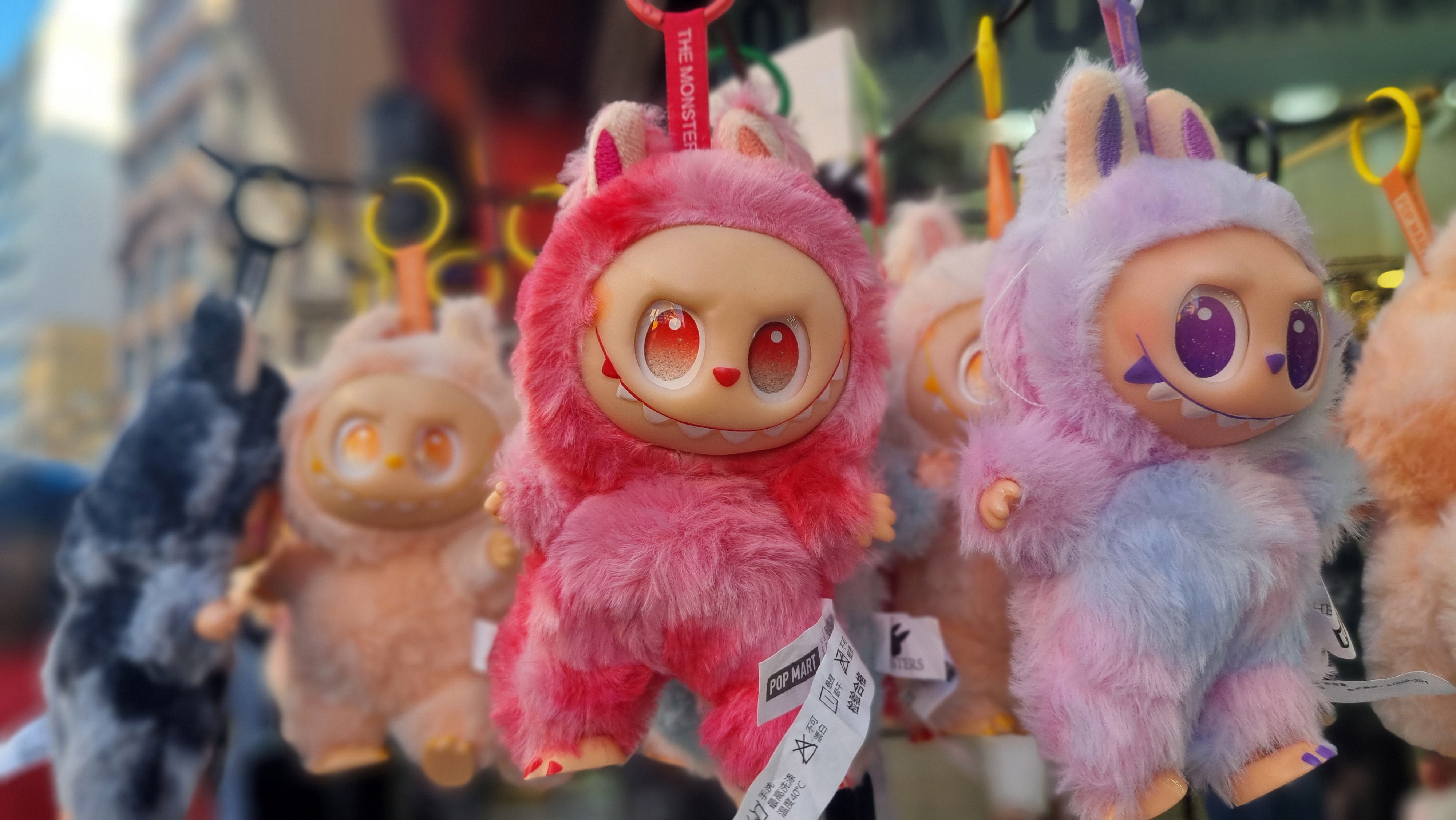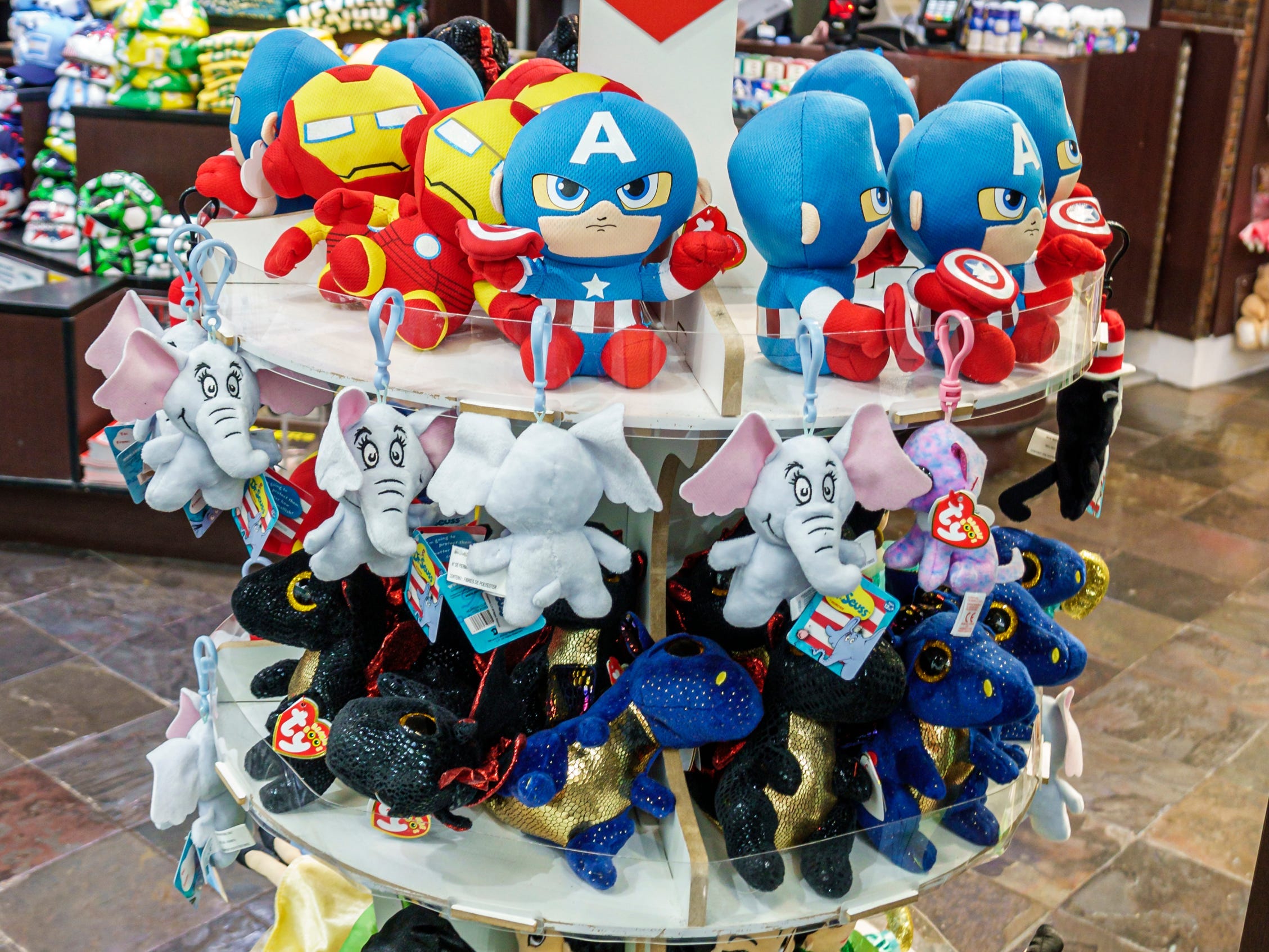
Faga Almeida/UCG/Universal Images Group via Getty Images
Labubus are having a moment. That much is clear. I don’t have to tell you that.
You see them on Dua Lipa or Lisa from Blackpink. You hear a British woman on TikTok claiming to have the world’s most expensive gold one. And you see people turning them into Dubai Chocolate matcha “Crumbl” cookies. (If you have actually eaten one of these, I suggest taking a day or two away from your phone.)And Labubu’s parent company, Pop Mart of China, is on its way to selling $1 billion worth of the toys this year, according to a new estimate from EMARKETER, Business Insider’s sister company. So it’s a trend that’s not slowing down anytime soon.
But I do have some sobering news for you Labubuheads out there: It’s a trend that will end. Maybe not tomorrow. But one day, this Labubu bubble will burst. Remember Beanie Babies?
Here’s where the bubble starts: Labubus are a trendy item, and there’s a limited supply and “blind box” packaging, which means certain colors or styles can be hard to come by. That means that there’s a healthy secondary market where some rare ones will sell for way over retail price, which can be as low as $27.99.
Consider, for instance, that you can buy a desirable pink Labubu doll right now on the secondary market for $501.99, through Walmart’s marketplace website in a partnership with StockX.
And a 4-foot-tall statue of a Labubu (confusingly described as “life-sized,” as if Labubus could be alive) sold at auction in China for $170,000, although this is arguably a real art piece and not just a toy or bag charm.
There’s also a robust counterfeit market — “Lafufus,” as people call them. So, without ordering directly from Pop Mart, it can be hard for normal shoppers to tell if they’re getting a genuine toy or a fake.
The trendy ugly dolls have become such a hit that Pop Mart is on track to sell $1 billion of them in 2025, EMARKETER estimated, noting it’s already reported $671 million in sales of its so-called Monsters line, which includes Labubus. That’s up nearly 670% from the same time last year, the report said.
I’m going to assume you don’t live inside a Faraday cage and know what a Labubu is by now. (If you don’t know: They’re little plush monsters designed by artist Kasing Lung, and they’ve been made trendy by various celebrities wearing them as purse charms.) They’re sold in the aforementioned blind boxes, which is a lucrative tactic: The buyer doesn’t know the color or style of the Labubu he or she will get when they buy it, which means that the more rare and desirable ones can resell for way above retail price.
Is this like Beanie Babies all over again?
I’m also going to assume you, dear reader, are thinking the same thing everyone has been thinking about Labubus: It’s Beanie Babies all over again.

: Jeffrey Greenberg/Universal Images Group via Getty Images
I would argue Beanie Babies had a lot more sophisticated business. The bubble had a vast network of humans (everyone, it seemed, had at least one Beanie Baby at some point), and it was accelerated by a major technological shift: the early days of the internet as a form of communication, and also the start of eBay.
If we look at this from another angle, Beaniemania was less about a plush toy craze and more of a necessary condition to push forth the mass acceptance of online payments and usher in our current digital era. Without Beanie Babies, there’s no eBay, and without eBay, there’s no PayPal, and without PayPal there’s no Elon Musk, and without Elon there’s no sexy anime waifu on Grok. And where would we all be then?
Labubus, on the other hand, are just … well, they’re just a trendy one-off, in my estimation.
It’s hard to imagine that Labubus will have the staying power to remain a popular toy a few years from now, or that you won’t regret spending $500 on that pink Labubu. Although it might be a little more straightforward than the Beanie Baby craze, it is, at the end of the day, a toy fad driven by hype.
Still, it’s possible that Pop Mart will be able to leverage its Labubu hit into some lasting success. Already, there are retail locations opening up around the US. (I just noticed a sign for a new store coming this fall in my local mall.)
Labubus are the runaway hit for now, but if Pop Mart has a deeper bench of collectibles that connect with kids and adults, they may be able to become a staying brand.
The post Labubus are a billion-dollar bubble ready to burst appeared first on Business Insider.




